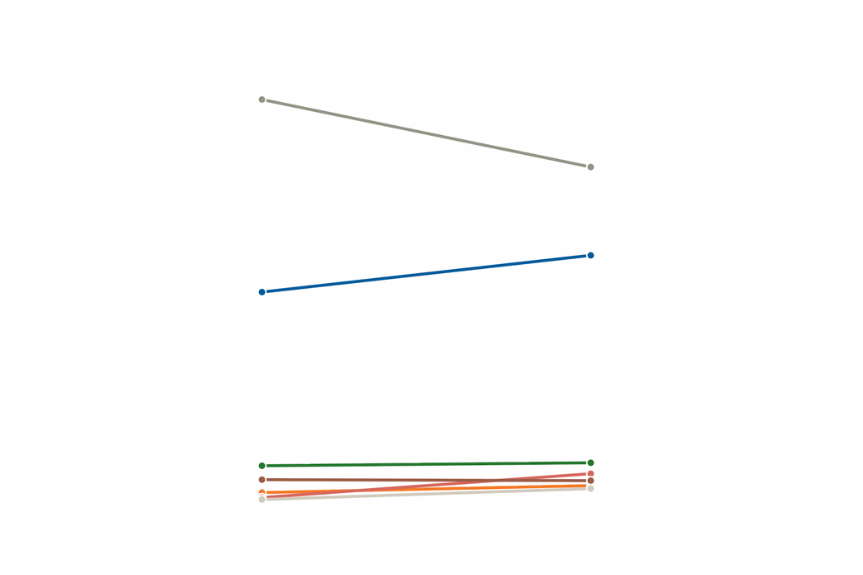Chart: Evaluating Latin American Democracies in 2022
Chart: Evaluating Latin American Democracies in 2022
The region has witnessed a mix of stability and stagnation with several big setbacks and a couple bright spots.
As we settle into the third decade of the twenty-first century, how is democracy faring in Latin America? That depends on who you ask. Per IDEA’s Global State of Democracy Report 2021, released last November, most Latin American democracies are holding steady, if not stagnating, at mid-range levels of quality. But according to Latinobarómetro’s 2021 report published the same month, there’s a growing indifference among citizens in the region toward democracy on the whole.
Half of the countries in Latin America were showing signs of erosions to their democracies at the end of 2021 per the IDEA report, but none so great as Brazil, which is experiencing the world’s steepest democratic recession. The report also underscores an uptick in attacks against the press by both governing and opposition parties, as well as heads of state, particularly in Brazil, El Salvador, Mexico, and Peru.
On the flip side, the IDEA report singles out Ecuador and the Dominican Republic for making substantial improvements to their democracies since 2016. The two countries show that democracy in the region is “not only resilient but also has the potential to continue being perfected.”
According to Latinobarómetro, however, Ecuador was also the country where popular support for democracy fell the most in the region from 2010 to 2020. In 2010, about two-thirds of Latin Americans and Ecuadorans said that democracy was the most preferable form of government. Ten years later, just under half of Latin Americans—and a third of Ecuadorans—agreed. Despite overall declines, 11 countries ended the decade in 2020 with support for democracy on the upswing compared to 2018, compared to seven where it continued to trend downward.
"We are in a global battle for hearts and minds, where decisions are being made today that will lock in relationships for the longer term," writes AS/COA's Eric Farnsworth in The National Interest.









